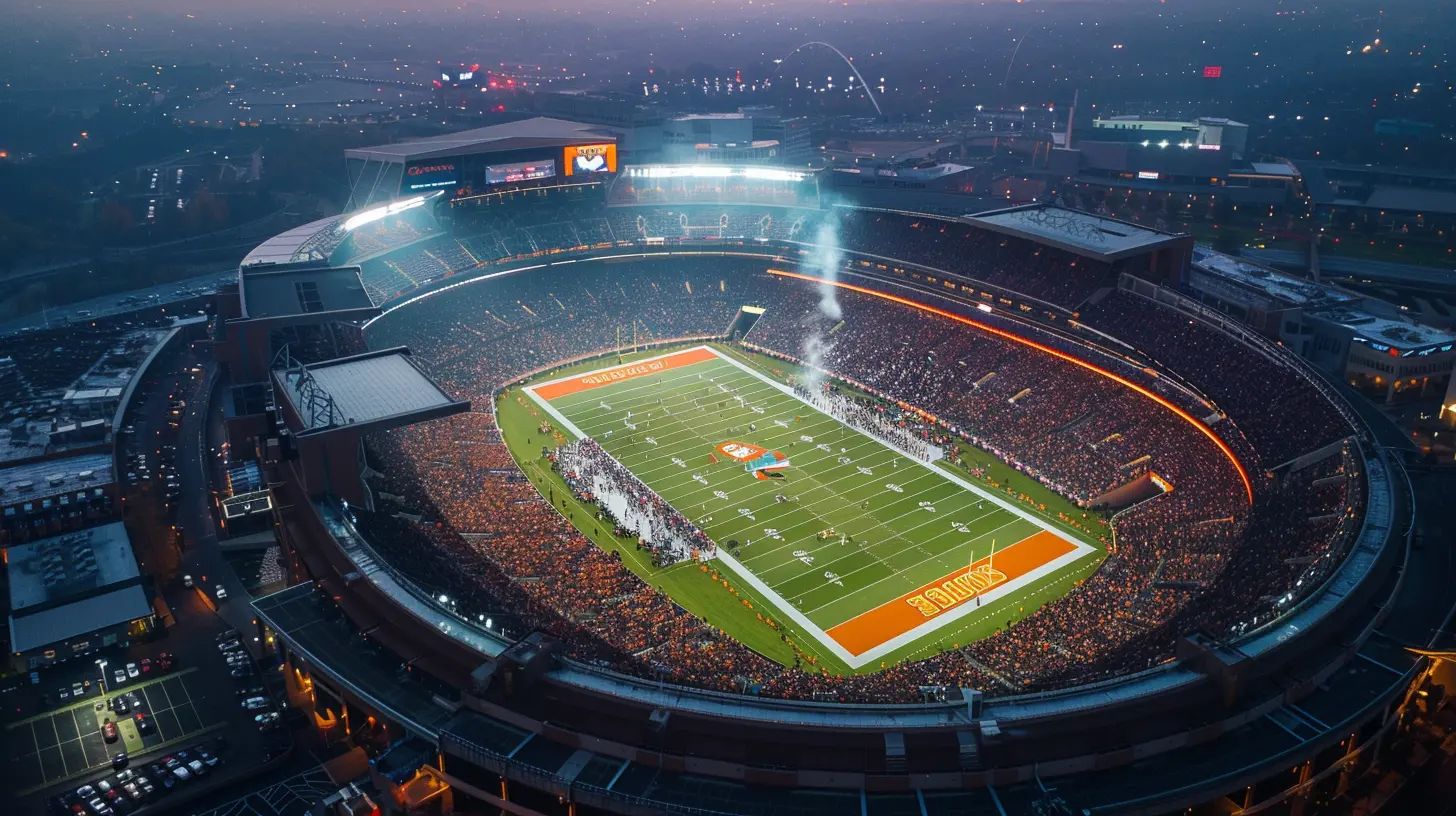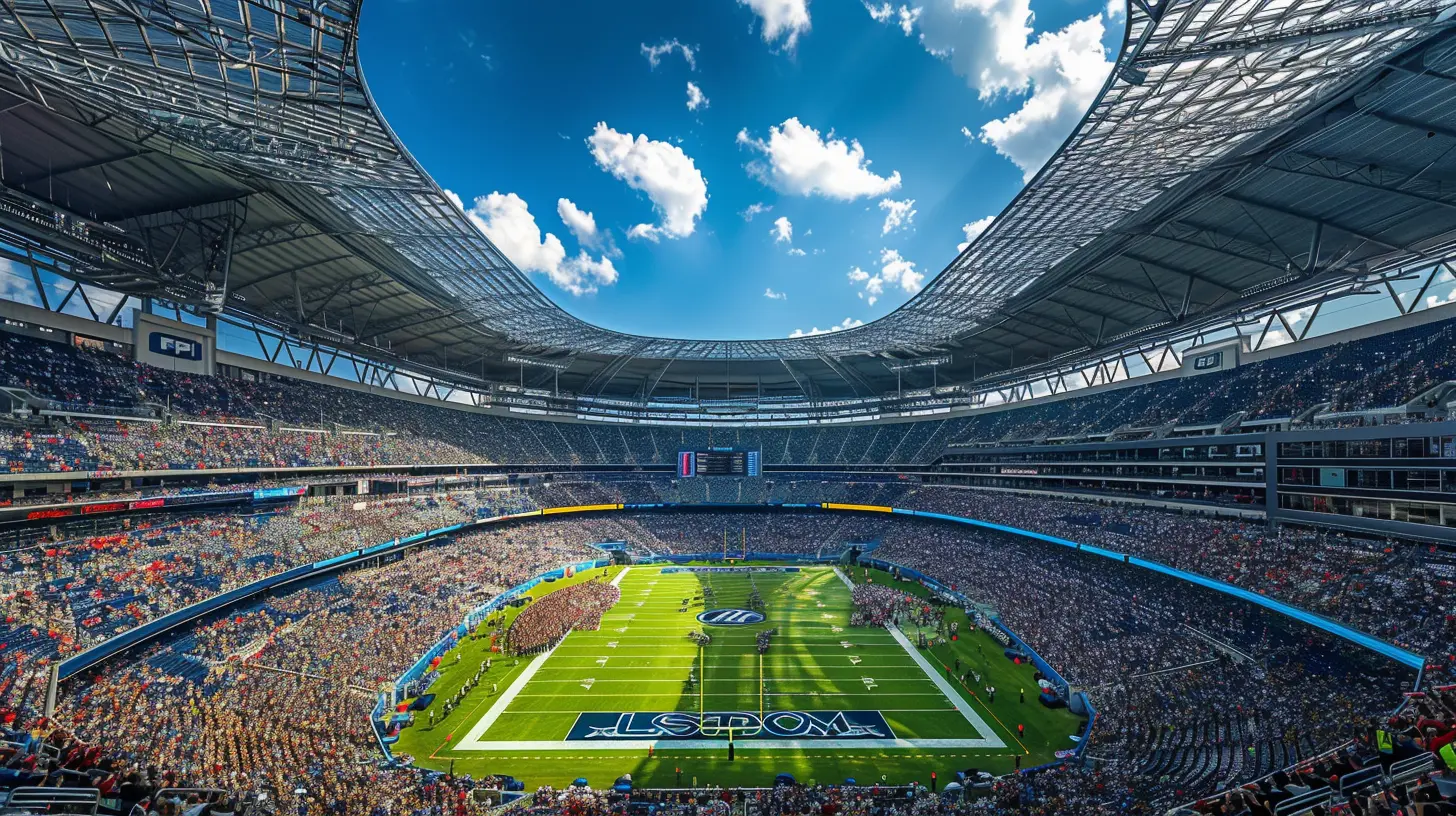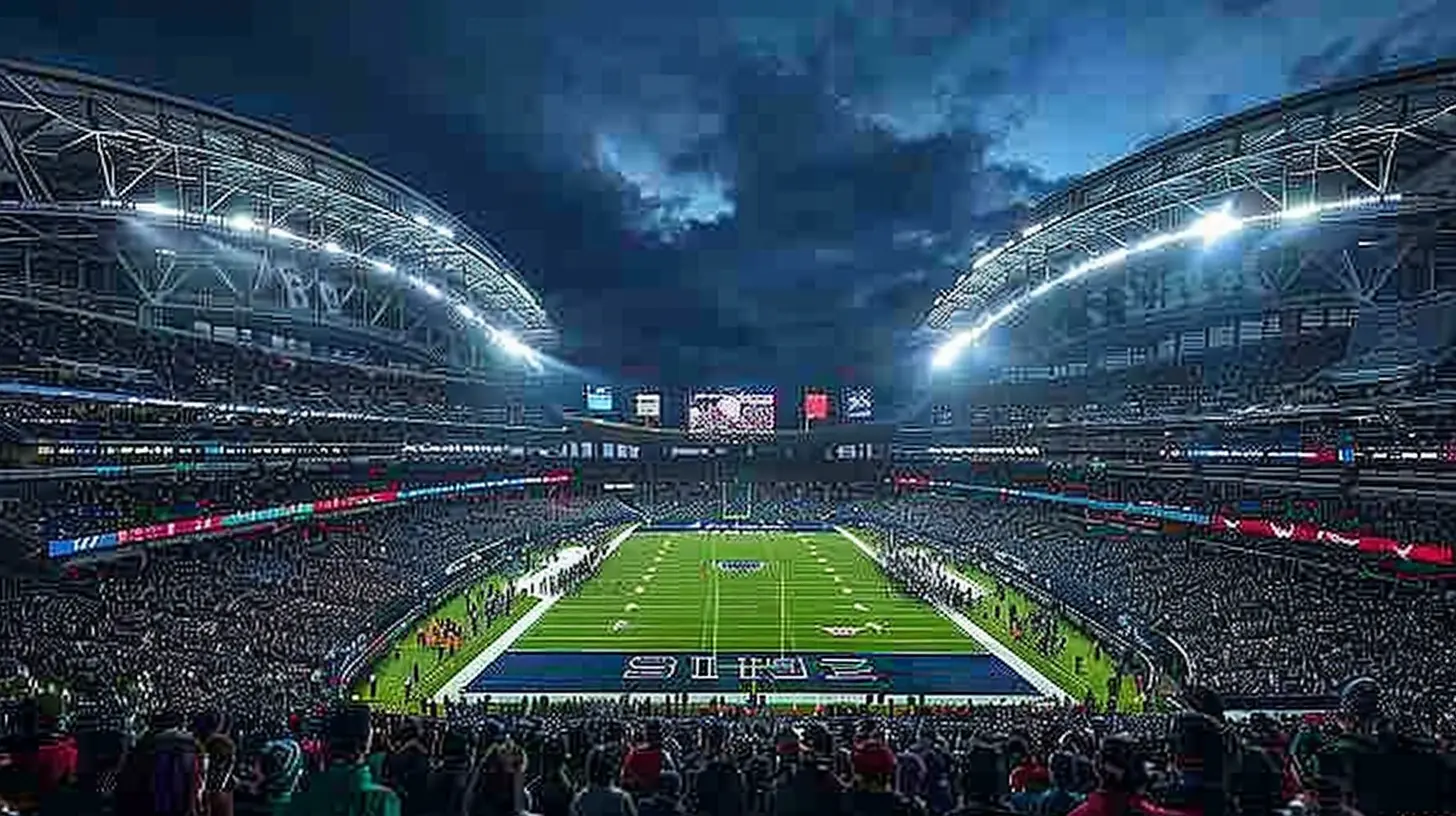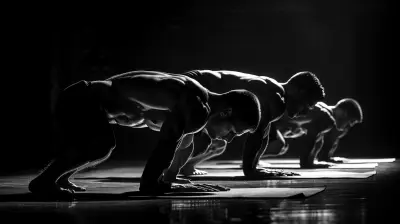The Rise of Retractable Roofs: How Stadiums are Embracing Flexibility
14 August 2025
Picture this: you've just shelled out a hefty chunk of change for tickets to the big game. You’ve got your team’s jersey on, face paint ready, and snacks in hand. Then... boom! Thunderclouds roll in, and before you know it, it’s pouring. You sit there soaked, cold, and grumpy, wondering why on earth someone hasn’t figured out a better solution.
Well, guess what? They have — enter the age of retractable roofs.
No longer are stadiums just open-air giants or concrete domes. The game has changed. Sports venues are taking flexibility to a whole new level, adapting to weather conditions, enhancing fan experience, and even redefining architecture itself. So grab your favorite drink, kick back, and let’s talk about why retractable roofs are not just a trend—they’re the future.
What’s a Retractable Roof, Anyway?
Let’s keep it simple. A retractable roof is a movable structure that can open and close depending on the weather or event requirements. Think of it like a convertible car — you drop the top when the sun’s out, and pull it up when the rain starts.They’re typically made of lightweight materials like ETFE (a fancy plastic-like substance), steel, or polycarbonate panels. The design allows for quick transitions and, more importantly, gives stadiums the ability to host all kinds of events—rain, hail, or blazing sunshine.
A Brief History: From Dome to Dynamic
If we rewind the clock, early stadiums were all about size and structure. No roofs. Just you, the sky, and whatever elements Mother Nature cooked up that day. Then came domed stadiums in the 1960s, like the Houston Astrodome — hailed as the "Eighth Wonder of the World."But domes had their drawbacks. They're closed off, can feel a bit stuffy, and let’s face it—sports just feel better with some fresh air. That’s where retractable roofs stepped in, blending the best of both worlds.
The first major implementation? The Rogers Centre (formerly SkyDome) in Toronto, which opened in 1989 with a fully retractable roof. Since then, more and more stadiums have jumped on the bandwagon.
Why Are Teams Investing in Retractable Roofs?
Let’s get into the nitty-gritty. It’s not just about keeping fans dry (though that’s a big perk). Retractable roofs bring a truckload of benefits for teams, cities, and sports organizations.1. Weatherproof Events
Rain delays? Lightning postponements? Heatstroke in the bleachers? Yeah, nobody likes that. A retractable roof is the ultimate insurance policy. Whether it’s baseball, football, or even a Beyoncé concert, events go on without a hitch.It makes scheduling more predictable and protects the massive revenue tied to those dates. Plus, it keeps fans comfy. No one’s checking the forecast before buying tickets anymore.
2. Multi-Purpose Venues
A roof that opens and closes? That’s versatility at its finest. Stadiums with retractable roofs can host a football game one night and a monster truck rally the next. Want to throw in a tennis tournament or mega concert? No problem.This flexibility means more bookings, more foot traffic, and more dollars for everyone involved—that’s a win-win.
3. Enhanced Fan Experience
Let’s be real: fans expect more these days. They want comfort without sacrificing atmosphere. Retractable roofs let in natural sunlight when the weather’s nice and close up when it isn't.Climate-controlled air keeps the temperature just right. The vibe? Absolutely electric. It’s like the stadium itself is in tune with the crowd, opening up to let the sunshine in or closing down for an intense, dome-shaking playoff game.
4. Sustainability & Energy Efficiency
Here’s something that might surprise you: many retractable roof stadiums are more energy-efficient than traditional domes. Why? Natural light and ventilation reduce the need for artificial lighting and air conditioning.With rising environmental concerns, these stadiums are leading the charge by adopting greener, smarter solutions.
Engineering Marvels: How Do They Work?
Okay, let’s nerd out for a sec. You might think that moving a roof the size of a city block would be an engineering nightmare—but modern designs make it look almost effortless.Most retractable roofs operate on a track system, kind of like garage doors or train rails, powered by electric motors. Some slide open horizontally, others split down the middle and fold back. And then you’ve got the ultra-cool ones that rotate or use hydraulic lifts. Yeah, it’s high-tech stuff.
Sensors and weather monitoring systems are part of the package. They keep track of wind speeds, precipitation, and even lightning conditions to decide when to open or close.
The Stadiums That Changed the Game
Let’s tip our hats to some of the most iconic structures showcasing this innovation.– AT&T Stadium (Arlington, Texas)
Home of the Dallas Cowboys, this behemoth is one of the most advanced stadiums in the world. Its retractable roof paired with massive glass doors gives it that open-air feel — without sacrificing comfort.– Mercedes-Benz Stadium (Atlanta, Georgia)
This one doesn't just open — it blooms like a camera lens. Its retractable roof opens in a pinwheel pattern, and when it does, it looks like the stadium is taking a deep breath before a big play.– Wimbledon Centre Court (London, UK)
Yes, even tennis got in on the action. Wimbledon’s upgrade means no more rain delays. The roof can close in under 10 minutes, keeping play going and fans dry.– Allegiant Stadium (Las Vegas, Nevada)
Home to the Raiders, this stadium features a translucent ETFE roof that stays fixed, but combines with massive retractable windows to provide an airy, open environment. It's a creative take on the retractable-roof concept.Challenges & Criticisms: It’s Not Always a Slam Dunk
Of course, not everything's sunshine and rainbows. Retractable roofs come with their own set of challenges.– Price Tag Problems
Let’s talk dollars. Building a retractable roof can add hundreds of millions to a stadium project. And maintaining those giant moving parts over time? Not exactly cheap. It’s an investment — and not every city or franchise is willing or able to foot the bill.– Mechanical Failures
You guessed it—sometimes the system just... doesn’t work. If the roof gets stuck halfway through opening or if the weather sensors fail, it can lead to game delays or worse. As with anything mechanical, there’s always that small risk lurking in the background.– Aesthetic Trade-Off
Architecturally, not everyone’s a fan. Some purists argue that retractable roofs take away from the sport’s raw, outdoor nature. Others think they make stadiums look bulky or industrial.But hey, beauty is subjective, right?
The Future is Flexible
So where are we headed?Expect more of this technology popping up across the globe. As cities vie for big events like the Olympics or World Cup, having a modern, all-weather stadium is becoming a must-have, not a luxury.
Even older stadiums are getting retrofitted with retractable roofs or at least some form of adaptive architecture. Combine that with advancements in AI and smart construction, and we might see roofs that not only move, but think—adjusting in real-time to crowds and weather patterns.
And don’t be surprised if we see stadiums with retractable fields, walls, or even seating arrangements. It's not just a roof anymore—it's a revolution in how we experience sports.
So, Are Retractable Roofs Worth It?
Let’s wrap it up.Retractable roofs are more than a flashy gimmick. They represent a shift in how stadiums are designed, how games are watched, and how cities plan their spaces. They blend technology with fan comfort, weather with entertainment, and flexibility with function.
Sure, the cost is high, and they’ve got their flaws. But in a world where versatility and user experience rule, retractable roofs hit it out of the park.
So next time you walk into a stadium and see the sky above—or watch it slowly close in anticipation of an electric night—you’ll know: this isn’t just a building. It’s a living, breathing part of the game.
all images in this post were generated using AI tools
Category:
StadiumsAuthor:

Umberto Flores
Discussion
rate this article
1 comments
Alvin McAnally
Retractable roofs are revolutionizing the world of sports stadiums, offering unparalleled flexibility and comfort for fans and athletes alike. This innovation not only enhances the viewing experience but also maximizes usability throughout the year. Embracing this trend is crucial for the future of sports architecture.
September 16, 2025 at 11:21 AM

Umberto Flores
Thank you for your insightful comment! Retractable roofs truly are transforming sports architecture, enhancing both the fan experience and stadium usability year-round.


